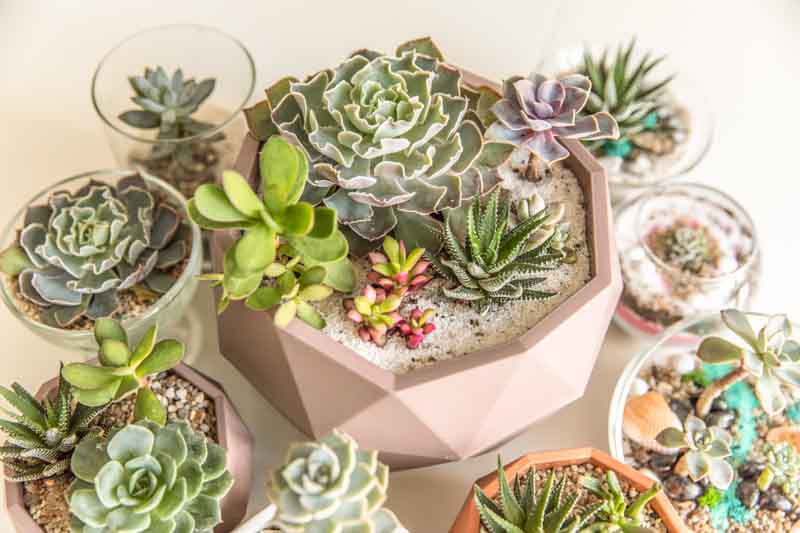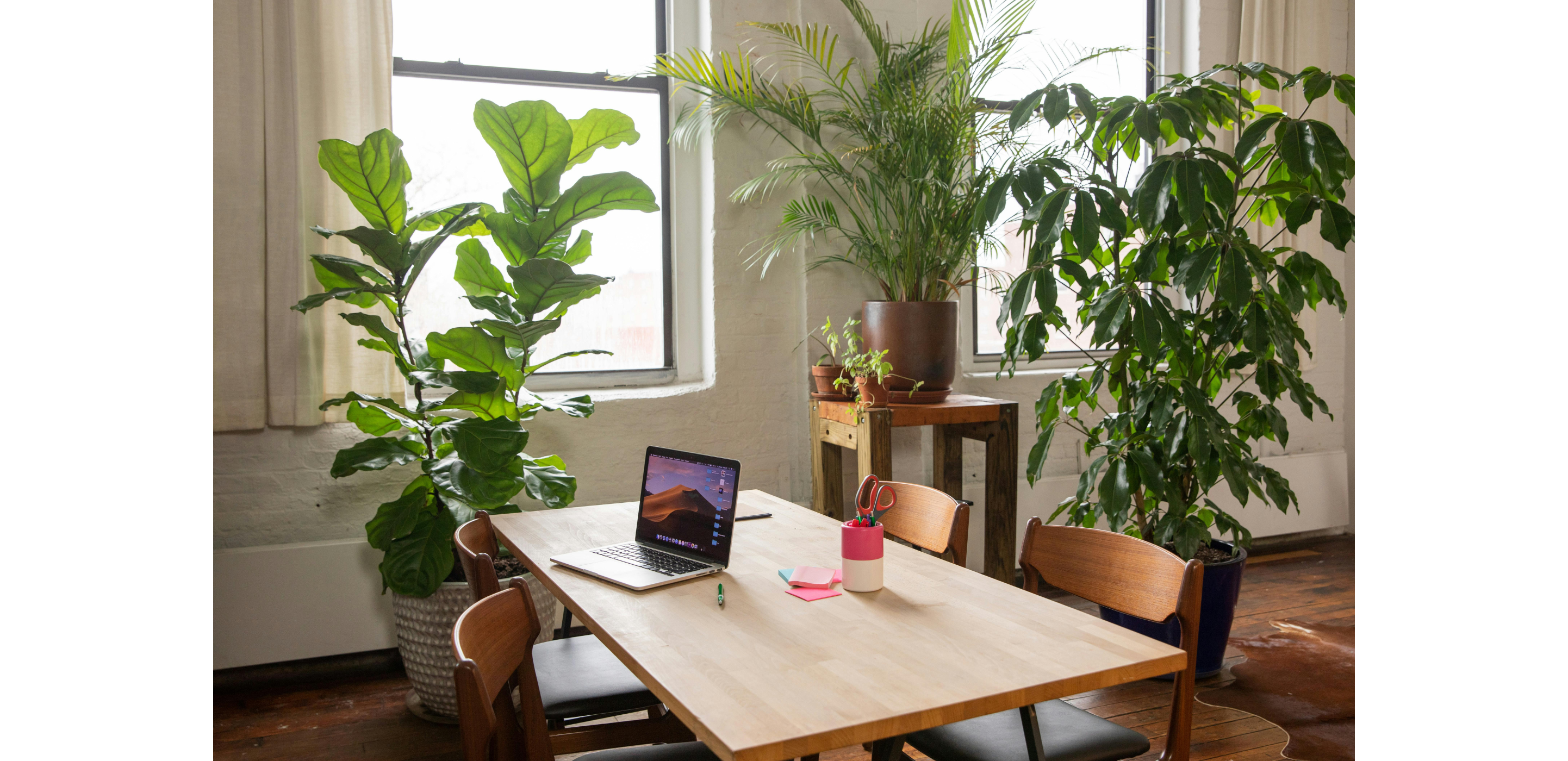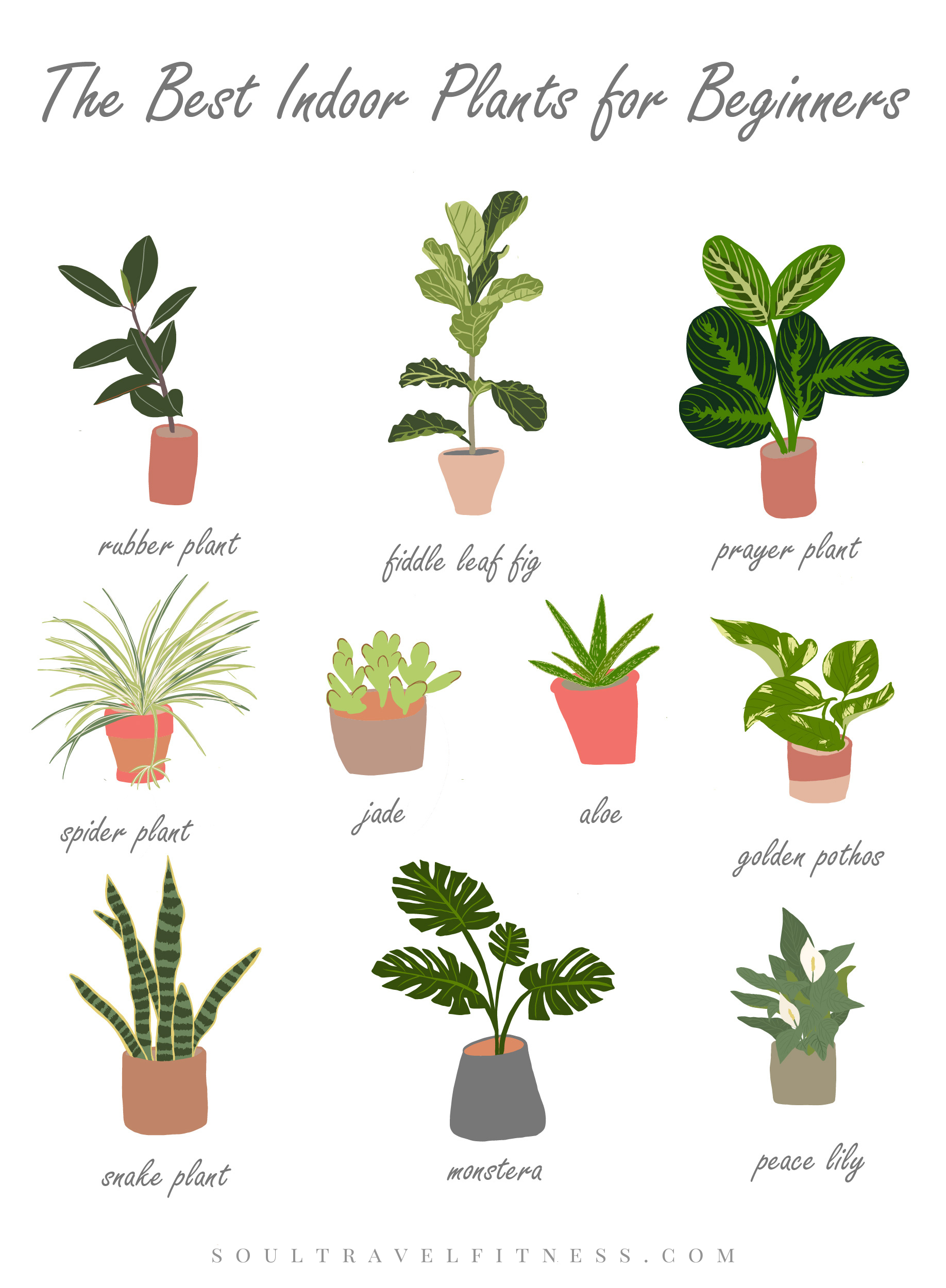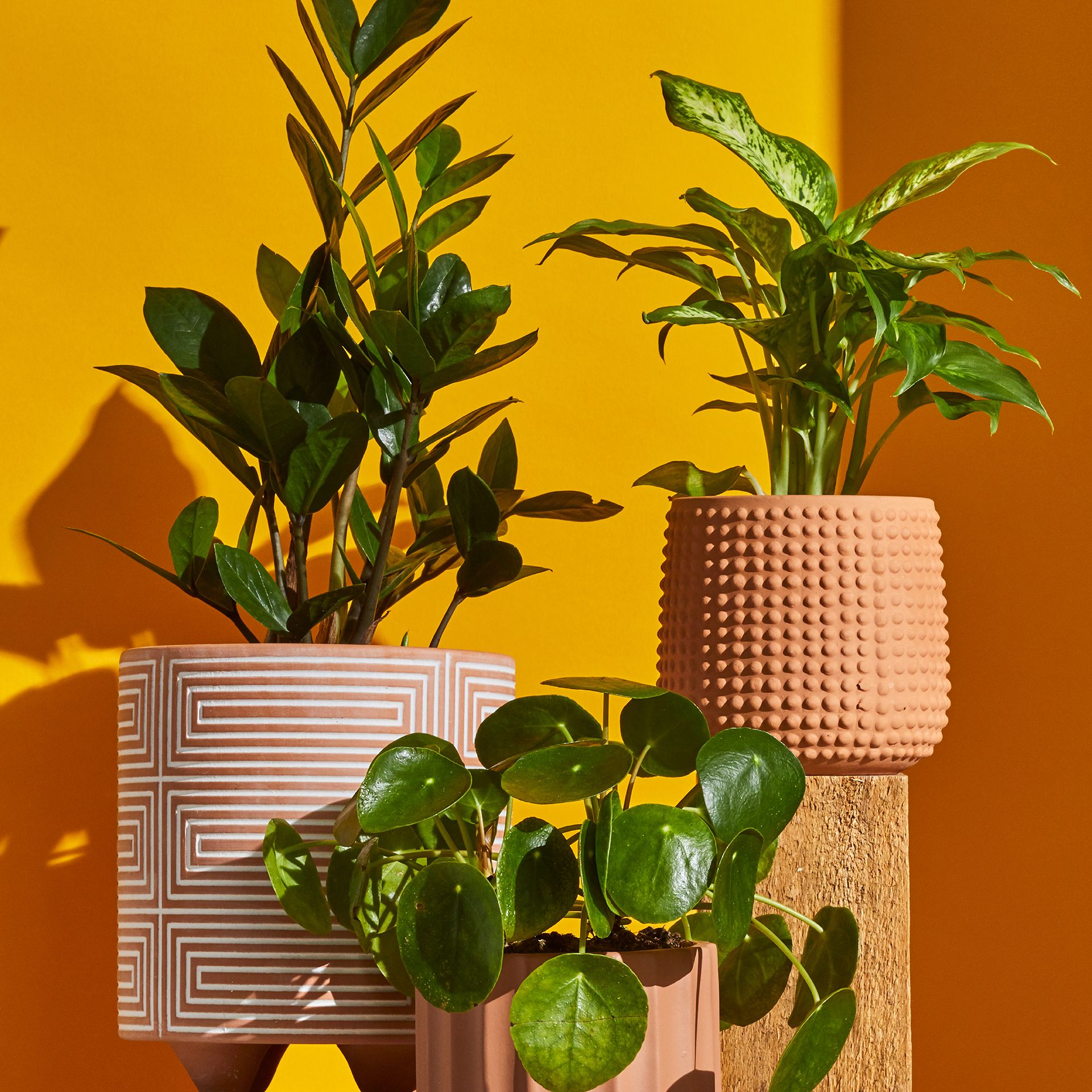How to Choose Resilient Indoor Succulents
Indoor succulents are a great way to add a touch of nature to your home or office. Not only are these plants low-maintenance and beautiful, but they also offer a variety of health benefits, such as improving air quality and reducing stress. However, not all succulents are created equal, and some are more resilient than others. If you want your indoor succulents to thrive, it’s essential to choose the right ones. Here are some tips to help you select resilient indoor succulents that will flourish in your space.
1. Pick the Right Location
Before you even start shopping for indoor succulents, consider the lighting conditions in your home or office. Succulents thrive in bright, indirect light, so make sure you choose a location with plenty of natural light. Keep in mind that some succulents can tolerate low light conditions, but they will not grow as well as those that receive adequate sunlight.
2. Choose the Right Type of Succulent
There are hundreds of different types of succulents, each with its own unique care requirements. When selecting indoor succulents, consider factors such as size, shape, color, and growth habits. Some succulents, such as Haworthia and Gasteria, are better suited for indoor environments because they thrive in low light and moderate humidity.
- Sansevieria
- Aloe Vera
- Echeveria
- Sedum
- Kalanchoe
3. Check for Signs of Health
When shopping for indoor succulents, always examine the plants for signs of health. Choose succulents with firm, plump leaves and stems, as these are indicators of a healthy plant. Avoid succulents with yellowing or mushy leaves, as these are signs of overwatering or poor drainage.
4. Consider Your Lifestyle
Before purchasing indoor succulents, consider your lifestyle and how much time you can devote to caring for these plants. If you tend to forget to water your plants, choose resilient succulents such as Haworthia or Zebra plant, which can survive with minimal watering. On the other hand, if you enjoy tending to your plants regularly, consider more high-maintenance succulents like Echeveria or Sedum.
5. Plan for Proper Drainage
Proper drainage is essential for the health of indoor succulents. Make sure to plant your succulents in well-draining soil and pots with drainage holes. Avoid using pots without drainage holes, as excess water can lead to root rot and other problems. Consider adding a layer of gravel at the bottom of the pot to improve drainage.
6. Avoid Extreme Temperature Changes
Indoor succulents are sensitive to temperature changes, so it’s essential to keep them away from drafts, air conditioning vents, and other sources of extreme temperature fluctuations. Ideally, maintain a consistent temperature range between 60-80°F for optimal growth. Avoid placing your succulents near windows during hot summer months or near heaters during cold winter months.
7. Monitor Pests and Diseases
Finally, keep an eye out for pests and diseases that can affect indoor succulents. Common pests include spider mites, mealybugs, and aphids, which can be treated with insecticidal soap or neem oil. If you notice signs of mold, root rot, or other diseases, promptly remove and treat affected plants to prevent further spread.
By following these tips, you can choose resilient indoor succulents that will thrive in your space and bring a touch of nature to your home or office. Remember to provide adequate light, choose the right type of succulent, check for signs of health, consider your lifestyle, plan for proper drainage, avoid extreme temperature changes, and monitor pests and diseases regularly. With proper care and attention, your indoor succulents will flourish and enhance your living or working environment.



